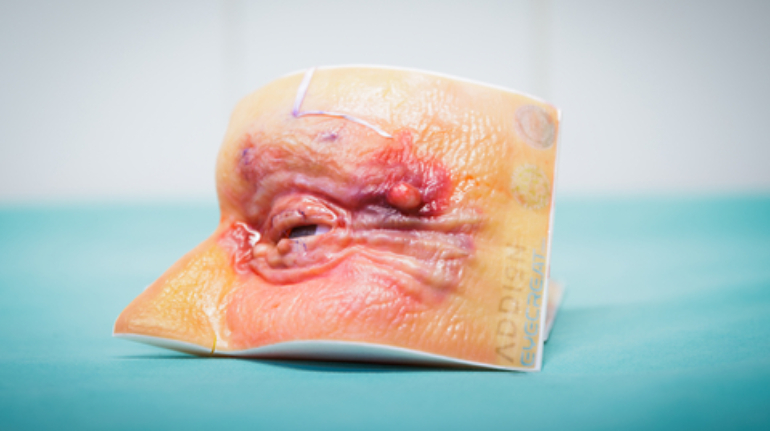Why Big Pharma Hasn’t Fully Adopted 3D Printing—Yet: Inside Triastek’s Push to Modernize Drug Manufacturing
In pharmaceutical manufacturing, tablets have long been produced through standardized processes that leave little room for fine-tuning how a drug behaves once ingested. Chinese pharmaceutical technology company Triastek is challenging that model. By applying 3D printing to drug product development and manufacturing, the company is introducing a more controlled and predictable way to engineer oral medications.





